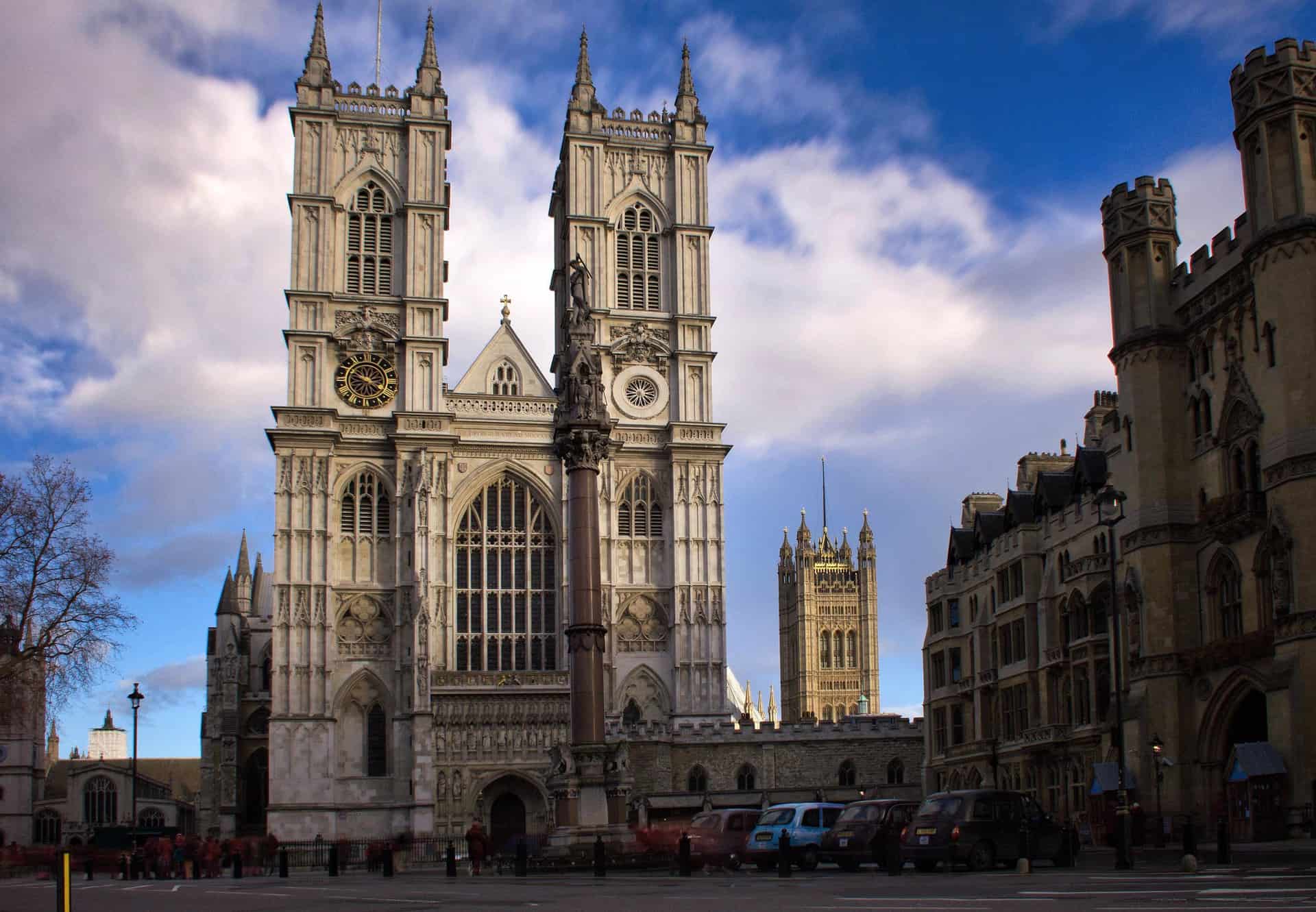The Church of England
Throughout the 19th century, the Church of England remained the established church but underwent significant internal transformations. The Oxford Movement, initiated in the 1830s by figures such as John Henry Newman and John Keble, sought to revive High Church traditions, emphasizing the church's apostolic succession and sacramental practices. This movement led to increased ritualism and the introduction of liturgical practices reminiscent of Roman Catholicism. Oxford Movement
Simultaneously, the Evangelical movement within the Church of England emphasized personal piety, moral reform, and active social engagement. Evangelicals were instrumental in various social reforms, including the abolition of slavery and the promotion of education for the poor. Evangelical Anglicanism
The Victorian era also witnessed a surge in church building and restoration, driven by population growth and urbanization. Between 1851 and 1875, approximately 2,438 churches were built or rebuilt, marking the most significant period of church construction since the Middle Ages. Victorians: Religion
Nonconformist Movements
Nonconformist denominations, including Methodists, Baptists, Congregationalists, and Quakers, experienced substantial growth during the 19th century. Legislative reforms, such as the Religious Disabilities Act of 1846, removed many restrictions on Nonconformists, allowing them greater participation in public life. By the mid-19th century, Nonconformists constituted nearly half of the worshipping population in England. Religion in the Nineteenth Century
The Nonconformist conscience emerged as a moral force advocating for social justice, temperance, and political reform. This movement significantly influenced British politics, particularly within the Liberal Party, and played a role in campaigns against slavery and for educational reform. Nonconformist Conscience
Catholic Emancipation and Jewish Integration
The Catholic Emancipation Act of 1829 was a pivotal moment, granting Catholics the right to sit in Parliament and hold public office. This act marked a significant step towards religious equality in England. Religion in the Nineteenth Century
The Jewish population in England also saw increased integration during this period. By 1880, approximately 46,000 Jews resided in England, and by 1890, Jewish emancipation was largely complete, with Jews participating fully in public life. History of the Jews in England
Decline in Religious Observance
Despite the vibrancy of religious movements, the 19th century also witnessed a decline in church attendance. The 1851 religious census revealed that only about 40% of the population attended church on a given Sunday, indicating a significant portion of the population was disengaged from organized religion. A History of Christianity in England
Emergence of Secularism and Freethought
The period saw the rise of secularism and freethought, influenced by scientific advancements and critical biblical scholarship. Charles Darwin's theory of evolution challenged traditional religious beliefs, leading to a crisis of faith among many Victorians. The term "agnostic" was coined by Thomas Huxley to describe the belief that certain knowledge, particularly regarding the divine, is unattainable. 19th Century Freethinkers
Conclusion
The 19th century was a period of profound religious transformation in England. The Church of England experienced internal revivals and reforms, Nonconformist denominations gained prominence, and legislative changes fostered greater religious equality. Concurrently, declining church attendance and the rise of secularism reflected the complex interplay between tradition and modernity in Victorian society.
